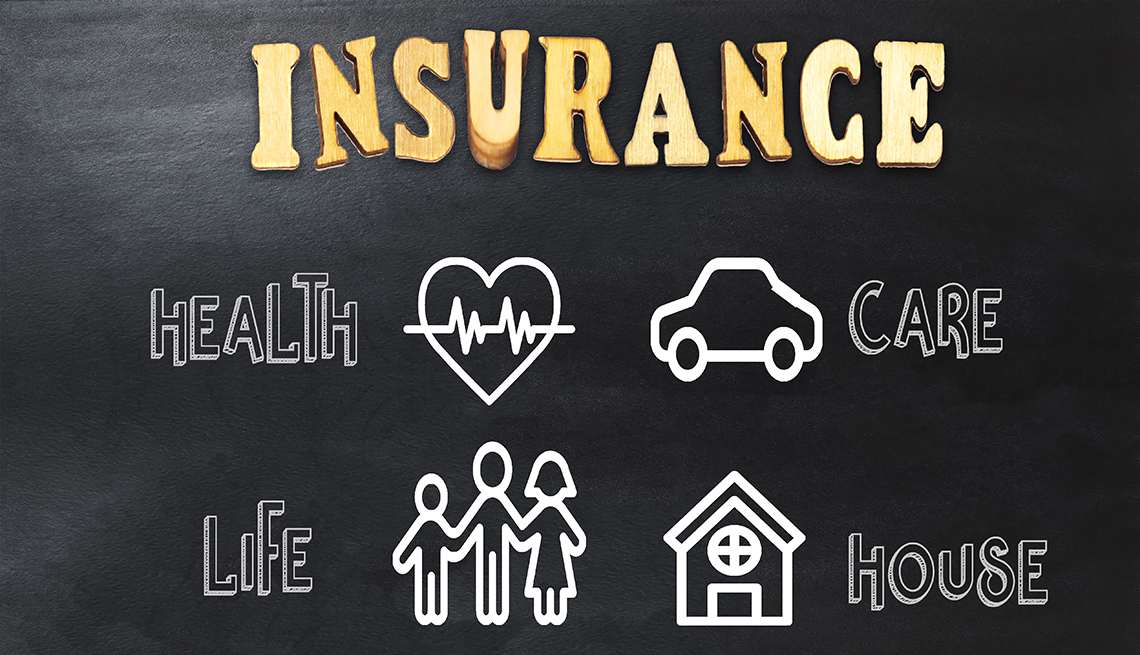Staying Fit
I've heard people say you should buy as much insurance as you want and that you can't have too much of it. I would agree only if the insurance were free, but it's not.
Insurance companies must cover their costs and make a profit — which means, in general, the odds are good that you will collect less in benefits than the premiums you will pay. My advice has always been that you should only insure for anything you can't afford to lose. Let me give two extreme examples.
- For my new iPhone 11, I can buy insurance from an independent company for as low as $11 a month, or $132 a year, that extends the warranty and covers accidental damage and theft. If I were to break my phone, I suspect I would wish I had the insurance, but paying for a new iPhone won't mean I'd have to change my lifestyle. If my phone were stolen a year from now, I could probably buy a refurbished phone for far less than I paid for my new phone. Thus I decide to self-insure, which means if it gets folded, spindled or mutilated, I pay for the replacement.
- When it comes to my family's health, I definitely need insurance. The cost of treatment for a critical health condition such as an organ transplant can easily be over $1 million. That's a cost I'm not willing to try to self-insure. I am, however, willing to self-insure for the deductible, which is why I buy a high-deductible plan where I'm on the hook for the first $6,000 of costs.


AARP Membership— $12 for your first year when you sign up for Automatic Renewal
Get instant access to members-only products and hundreds of discounts, a free second membership, and a subscription to AARP the Magazine.
In general, you want to insure only for what you can't afford to lose. With that in mind, here's how you could think about these decisions for different types of insurance.
Auto insurance
Regardless of whether it is required by law, you want liability insurance, which covers damage you do to others. I have a high amount of liability insurance plus an umbrella policy to cover me for any conceivable incident where I would accidentally disable or kill someone. The umbrella policy covers most accidental liabilities such as someone being injured in our home, or any liabilities above the limits on my automobile insurance. Considering our cars are older and have relatively little value, we skip the collision and comprehensive insurance. Another option would be to partially self-insure by choosing a higher collision and comprehensive deductible.
Homeowners insurance
If your house burns down, most people can't afford to rebuild it or replace all of its contents. And if you have a mortgage, the bank will typically require it. But it's unlikely your home's foundation will be destroyed, so you may want to see if your insurance company will insure for less than your home's current replacement cost, which will save you some money. You should consider high deductibles as well, if you can afford the deductibles. Both options will typically lower your premiums while keeping you appropriately covered.
Life insurance
The purpose of life insurance is to protect your family should something happen to you. When we were young, we needed to make sure our spouses had enough income to replace ours if we died. But the older we get, the fewer the years of income we need to protect, especially if the kids are on their own. In many cases, a couple's expenditures might go down should one spouse pass away. You may no longer need that life insurance.



































































